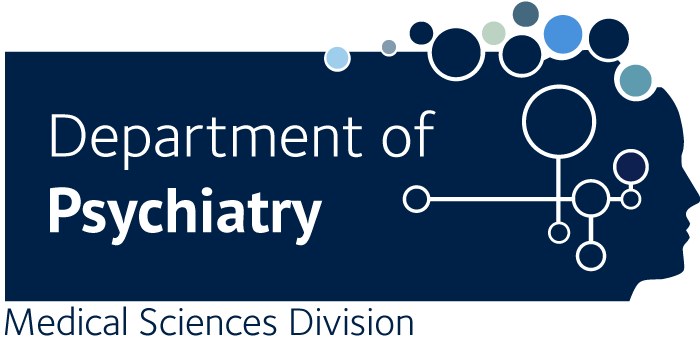Increased temporo-insular engagement in unmedicated bipolar II disorder: An exploratory resting state study using independent component analysis
Yip SW., Mackay CE., Goodwin GM.
© 2014 John Wiley & Sons A/S. Objectives: Despite numerous structural and functional magnetic resonance imaging studies, the neurobiology of bipolar disorder (BD) is still incompletely understood. Resting-state functional magnetic resonance imaging (rsFMRI) allows for the study of intrinsic functional connections between brain areas, which may reflect the pathophysiology of BD. Most previous rsFMRI studies conducted in BD have included a majority of medicated patients, making simple interpretation with respect to pathophysiology difficult. Methods: Participants were 15 antipsychotic agent- and mood-stabilizer-naïve young adults with bipolar II disorder (BD-II), and 20 healthy controls group-matched for gender, age, and cognitive ability. Independent component analysis (ICA) was used to identify eight commonly studied resting-state networks (RSNs). Between-group comparisons were conducted using dual regression and corrected for family-wise error (FWE) across space and the number of components (pFWE < 0.05). Results: In comparison to controls, participants with BD-II had increased coherence across several brain regions, including the bilateral insula and putamen, across a temporo-insular network. No between-group differences in engagement of the default mode network were found. Conclusions: This was the first ICA-based rsFMRI study conducted among unmedicated individuals with BD. Given the young age (mean = 23 years) and antipsychotic agent- and mood-stabilizer-naïve status of our participants with BD-II, temporo-insular functional connectivity is a candidate vulnerability marker for BD. Further work is needed to relate resting-state differences to detailed understanding of pathophysiology.

